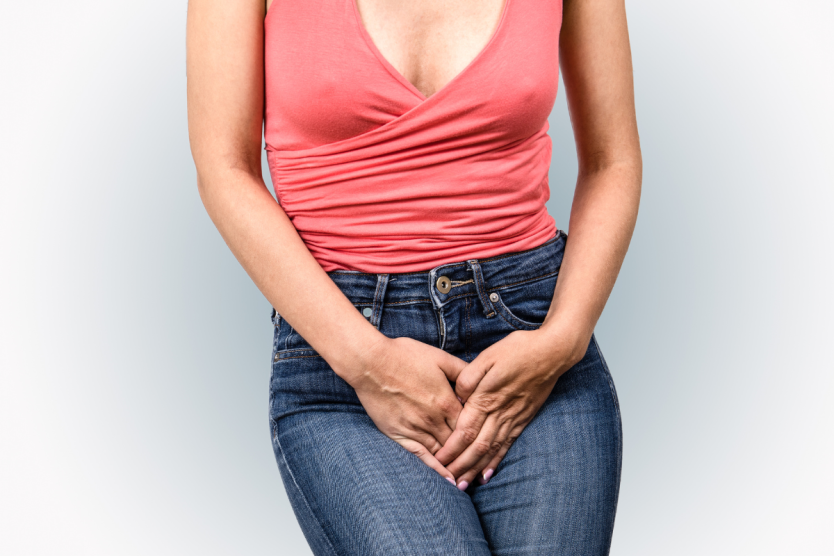Incontinence can cause you to feel embarrassed, lead to isolation and make you limit your work and social life.
Knowing all that, can incontinence be cured?
Types of Incontinence
Continence is the ability to control your bladder and bowel, so the condition of incontinence is an involuntary loss of bladder and/or bowel control. The accidental loss of urine from the bladder is known as urinary incontinence and the loss of either gas or feces from the bowel is known as fecal incontinence.1
There are also two types of urinary incontinence:2
- Stress urinary incontinence or SUI, when weak pelvic muscles let urine escape, is one of the most common types of urinary incontinence.
- Overactive bladder or urgency incontinence, which is when your brain tells your bladder to empty, even when it isn’t full, or your bladder muscles are too active, causing the urge to urinate.
Some people have both SUI and OAB and this is known as mixed incontinence.2
Incontinence can range in severity from a small leak to complete loss of bladder or bowel control.1 If you have this condition, you’re not alone. It’s estimated that a quarter to a third of men and women in the United States suffer from urinary incontinence.2
Can Incontinence Be Cured
Incontinence is more common in older people, especially women, creating embarrassment and causing people to avoid normal activities. But incontinence can often be stopped or controlled.3
For instance, surgery can sometimes improve or cure incontinence if the condition is caused by a change in the position of the bladder.3
There are other types of treatments available before resorting to surgery. A combination of treatments may be suggested too.
Here are some examples:
- Pelvic muscle exercises or pelvic health physical therapy, including Kegel exercises, to strengthen the muscles that support the bladder. A stronger pelvic floor can help you hold urine in your bladder and avoid leaks.3
- Timed voiding, which involves scheduling regular times to pee.3
- Urgency suppression, which are exercises to help you make it to a toilet on time. For example, taking long relaxing breaths, holding still, and squeezing the pelvic floor muscles.3
- Lifestyle changes such as fluid and diet management to better control your bladder. For instance, cutting back on or avoiding alcohol, caffeine or acidic foods, reducing liquid consumption, losing weight or increasing physical activity can help ease the problem.4
There are also medical devices that can be used to treat women with incontinence:
- A urethral insert, which is a small, tampon-like disposable device, is inserted into the urethra before an activity that can trigger incontinence. This insert basically acts like a plug, which can prevent leakage and then is removed before you go pee.4
- A pessary, which is a flexible silicone ring that you insert into your vagina and wear all day. This device helps support the urethra, to prevent urine leakage.4
Gynesis is one way to end problem leaks. Gynesis FDA-cleared pelvic floor trainer shorts support women to take control of their pelvic health with a simple, effective, external, and accessible solution. Using advanced Multipath Technology, Gynesis delivers targeted muscle stimulation with Kegel exercises that helps retrain and rebuild your pelvic floor—so you can achieve stronger bladder control and with confidence.
Similar treatments are available for fecal incontinence. Depending on the cause, treatment can include dietary changes, pelvic floor exercises, bowel training using biofeedback, medications or surgery.
See a Doctor
If you have a form of incontinence that is negatively impacting your life, don’t suffer in silence. Use our Physician Finder to find a doctor near you with expertise in women’s health, who can diagnose and treat your incontinence, and provide advice on whether your incontinence can be cured.
















